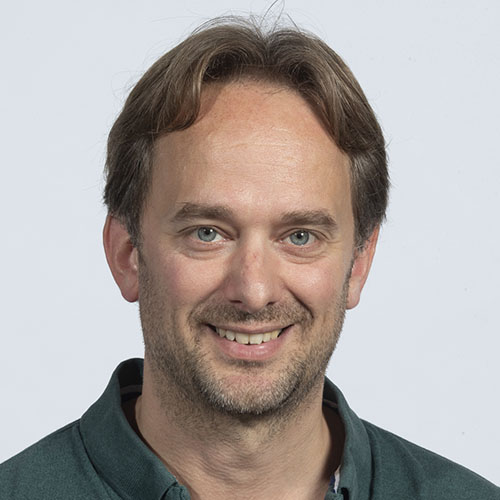What we do
About our project
What is the motivation for this research?
Keloids and hypertrophic scars are dysregulated immune responses to cutaneous wound healing and can be associated with substantial physical and psychological distress. Current first-line therapy consists of intralesional corticosteroid (triamcinolone acetonide) administered via conventional needle injections. However, this treatment is associated with (moderate to severe) procedure related pain and may lead to frequent recurrences. Recent research suggests that bleomycin, an antineoplastic antibiotic, is a promising treatment alternative treatment option which is more effective and may reduce the number of recurrences in keloids and hypertrophic scars. Intradermal bleomycin administration using energy-based drug delivery techniques, such as electronic pneumatic injection, could be therefore be a more effective, faster and less painful treatment options for keloids and hypertrophic scars.
Furthermore, patients and physicians are also seeking effective, more patient friendly and minimally invasive needle-free injection techniques for other dermatological indications such as recalcitrant warts, alopecia areata and melasma. Needle-free electronic pneumatic jet injectors make it possible to adjust settings, including volume and pressure, which can be controlled for specific skin textures and diseases.
What is the aim?
We aim to investigate the working mechanism, efficacy, effectiveness and tolerability of needle-free jet injector assisted injections with bleomycin and triamcinolone acetonide in keloids and hypertrophic scars. Moreover, we will explore the clinical application of needle-free injectors for other dermatological and non-dermatological indication as well as the potential of needle-free injectors for ambulatory treatment in the home setting to minimize hospital visits.
How will you perform this study?
By performing basic, translational and clinical research in patients with keloids and hypertrophic scars, in collaboration with multidisciplinary national and international medical and technical experts in the field of energy-based drug delivery to the skin.
What do you hope to achieve?
To achieve a better understanding of needle-free jet injector injectors as minimally invasive drug delivery technique in an ex vivo and in vivo research setting. With this knowledge we aim to reduce the number of treatments and recurrences in keloids and hypertrophic scars in adults and children and improve patient satisfaction. In addition, we hope to broaden the number of clinical applications for needle-free jet injectors for dermatological and non-dermatological indications and aid in de development of new devices that could be applied in the home setting and minimize the need for hospital visits.
Collaborations
Internal collaborations
Department of Pathology, Erasmus MC
External collaborations
Dr. Albert Wolkerstorfer, MD, PhD, Department of Dermatology, Amsterdam UMC, Amsterdam, The Netherlands (www.amsterdamumc.nl/)
Prof. Dr. Merete Haedersdal, MD, PhD, DMSc, Department of Dermatology, Bispebjerg hospital, Copenhagen, Denmark (www.bispebjerghospital.dk/english)
Dr. Robert Rissmann, PharmD, PhD, Center for Human Drug Research, Leiden, The Netherlands. (www.chdr.nl)
Our team
Martijn van Doorn, MD, PhD, dermatologist – clinical pharmacologist
Prof. Errol Prens, MD, PhD, dermatologist - immunologist
Jeffrey Damman, MD, PhD, pathologist
contact: l.bik@erasmusmc.nl



